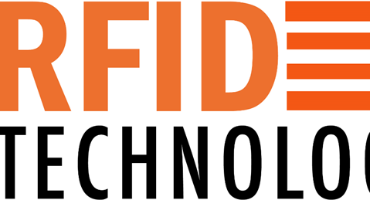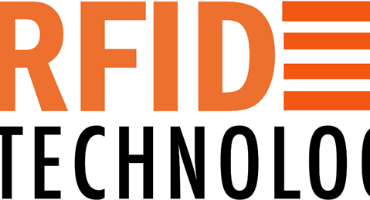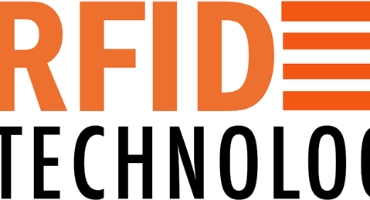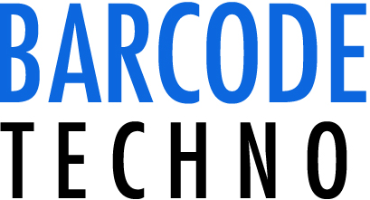Complete supply chain is managed using RFID Technology in real-time providing full visibility for better customer satisfaction
RFID technology can provide real-time visibility into the supply chain, allowing businesses to monitor the location and condition of their assets at any given time. This can help them identify potential bottlenecks or delays in the supply chain and take corrective action to ensure on-time delivery.
RFID tags can also be used to track asset utilization, allowing businesses to optimize their inventory levels and reduce the risk of stockouts. By knowing where their assets are and how they are being used, businesses can make better decisions about when to reorder or restock items, reducing the risk of overstocking or understocking.
RFID technology can also be used to detect potential hazards in the supply chain, such as temperature fluctuations or exposure to light or humidity. By monitoring the condition of their assets, businesses can take proactive steps to prevent damage or spoilage, reducing the risk of lost or damaged goods.
How advancements in RFID technology and it's benefits various vertical industries
RFID technology has continued to evolve and improve over the years, leading to many advancements that have benefited various vertical industries. Some of the advancements in RFID technology and their benefits in various industries include:
Smaller and more durable RFID tags: Advancements in RFID technology have made it possible to create smaller and more durable tags that can withstand harsh environments. This has benefited industries such as healthcare, where RFID tags can be used to track medical equipment and supplies that need to be sterilized or exposed to harsh chemicals.
Longer read ranges: RFID technology can now read tags from a longer distance, which has benefited industries such as transportation and logistics. RFID tags can be placed on shipping containers, trucks, and pallets to track them as they move through the supply chain.
Improved battery life: RFID tags can now last longer with improved battery life. This has benefited industries such as retail, where RFID tags can be used to track inventory in stores without needing to replace the batteries frequently.
Real-time tracking: RFID technology can now provide real-time tracking, allowing businesses to monitor their assets and inventory in real-time. This has benefited industries such as manufacturing, where RFID tags can be used to track work-in-progress and finished goods as they move through the production process.
Integration with other technologies: RFID technology can now be integrated with other technologies such as sensors, GPS, and cloud computing. This has benefited industries such as agriculture, where RFID tags can be used to track livestock and crops, and monitor environmental conditions such as temperature and humidity.
These advancements in RFID technology have benefited various vertical industries by providing improved tracking, monitoring, and efficiency, resulting in reduced costs and improved operations.
RFID technology can help businesses enhance efficiency, reduce costs, and improve operations in the supply chain. By providing real-time visibility into their assets and inventory, businesses can make better decisions about how to optimize their operations and improve customer satisfaction.





